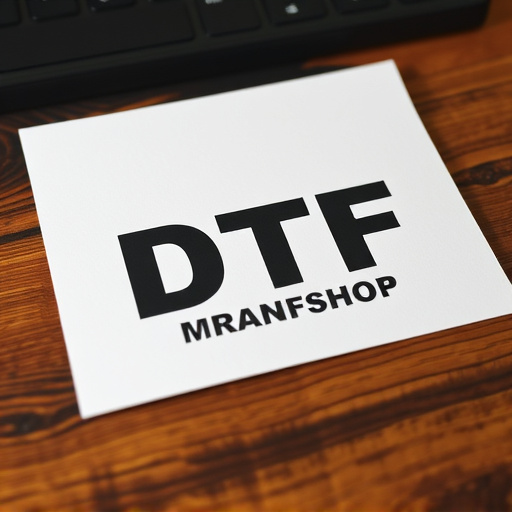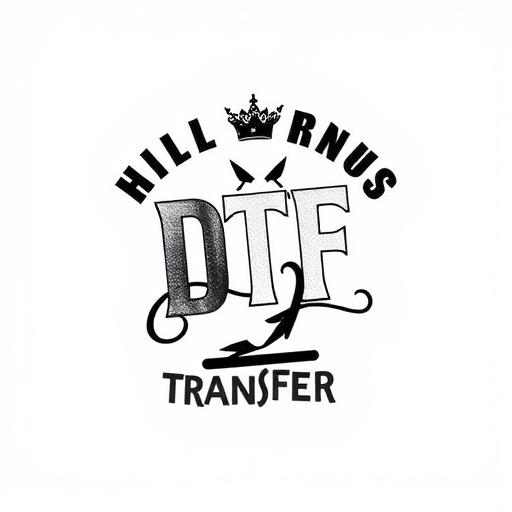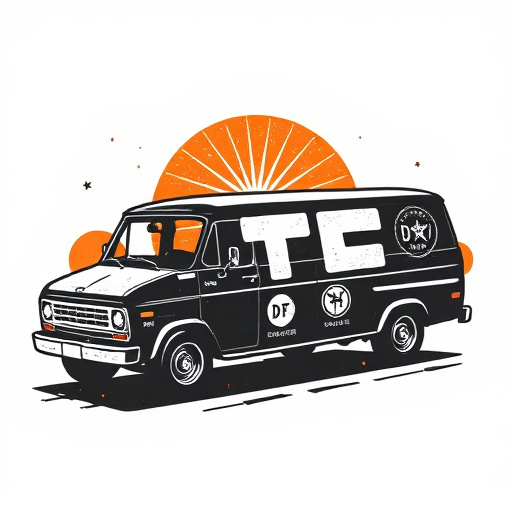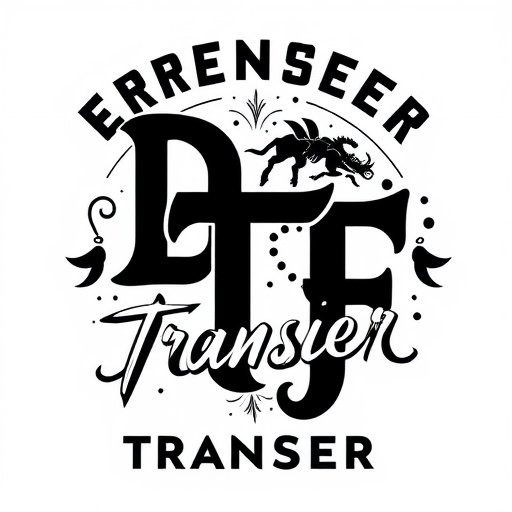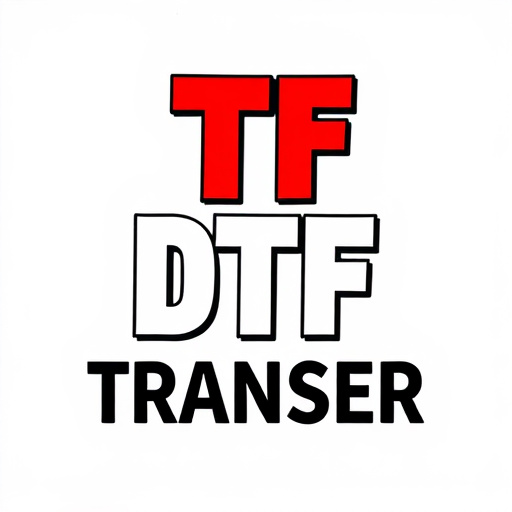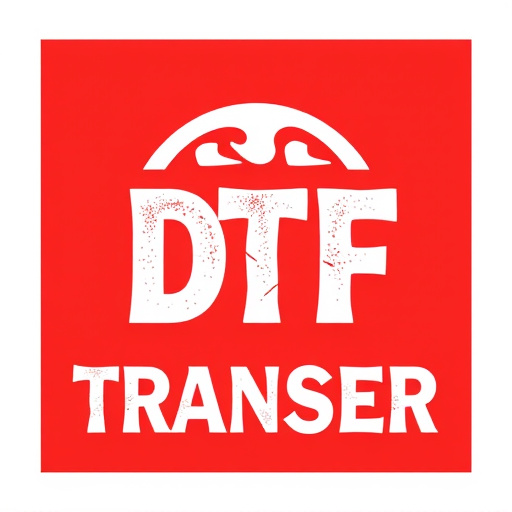Direct-to-Film (DTF) transfers are revolutionizing manufacturing with cutting-edge printing technology. Offering unparalleled precision and flexibility, DTF enables the creation of high-resolution prints with exceptional detail and color accuracy on diverse surfaces like metal, plastic, and wood. Heavy-duty DTF transfers provide superior durability and versatility, ideal for industrial settings demanding longevity. The multi-step process ensures meticulous print quality, while material compatibility is crucial for optimal DTF printing results. DTF transfers excel in various industries, offering resistance to heat, chemicals, and abrasions. Future trends focus on efficiency and sustainability, with innovations reducing waste and adopting eco-friendly materials.
In today’s fast-paced manufacturing landscape, efficient and durable marking solutions are paramount. Heavy-duty Direct-to-Film (DTF) transfers emerge as a powerful tool, offering unparalleled precision and versatility in industrial applications. This comprehensive guide explores the transformative potential of DTF Transfers and DTF Printing. From understanding the technology to delving into its myriad benefits, material choices, and groundbreaking applications, we unravel the secrets behind this game-changing manufacturing process, highlighting its role in shaping the future of DTF prints.
- Understanding Direct-to-Film (DTF) Transfers: A Comprehensive Overview
- Advantages of Heavy-Duty DTF for Manufacturing Applications
- The Process: From Design to Final Print Quality Assessment
- Material Considerations: Choosing the Right Films and Inks for DTF Printing
- Industrial Applications: Where DTF Transfers Shine Brightest
- Future Trends in DTF Technology: Enhancing Efficiency and Sustainability
Understanding Direct-to-Film (DTF) Transfers: A Comprehensive Overview

Direct-to-Film (DTF) transfers are a cutting-edge printing technology revolutionizing manufacturing processes. Unlike traditional methods that require intermediate materials, DTF involves directly applying ink to a film, which is then cured and bonded to various substrates like metal, plastic, or wood. This innovative approach offers unparalleled precision and flexibility in creating custom parts, prototypes, and products.
DTF Printing leverages advanced inkjet technology, enabling the precise deposition of pigmented inks onto the film. The process is highly versatile, accommodating a wide range of materials and designs. From intricate geometric patterns to complex images, DTF allows for high-resolution prints that maintain exceptional detail and color accuracy. This makes it an ideal solution for manufacturing environments where rapid prototyping, custom production runs, or small-batch manufacturing are required.
Advantages of Heavy-Duty DTF for Manufacturing Applications
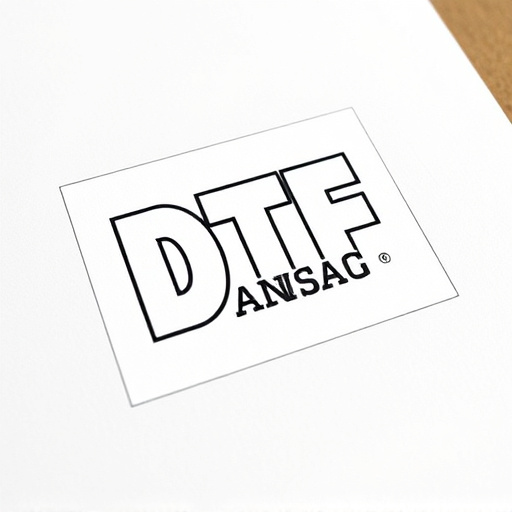
Heavy-duty direct-to-film (DTF) transfers are transforming manufacturing environments by offering unparalleled durability and versatility. In contrast to traditional printing methods, DTF involves applying designs directly onto film, which can then be transferred to various surfaces like metal, plastic, or wood. This process ensures crisp, long-lasting DTF prints resistant to fading, chipping, and peeling, making them ideal for industrial settings where longevity is paramount.
Additionally, heavy-duty DTF transfers streamline production workflows by enabling bulk DTF printing and easy customization. Manufacturers can quickly adapt to changing design demands, produce complex geometric patterns, and achieve a wide range of finishes – from matte to glossy – without sacrificing quality or consistency. This adaptability contributes significantly to increased efficiency and productivity on the factory floor.
The Process: From Design to Final Print Quality Assessment

The process of creating heavy-duty direct-to-film (DTF) transfers for manufacturing environments involves several meticulous steps to ensure superior print quality. It begins with design, where specialized software is employed to create intricate patterns and images tailored for specific application needs. These designs are then optimized for DTF printing, considering factors like material compatibility, resolution, and color accuracy.
Once the design is finalized, it advances to the printing stage. DTF printers use advanced technology to apply the design directly onto a film, ensuring precise registration and vibrant colors. After printing, the film undergoes careful inspection and quality assessment. This rigorous process involves evaluating print clarity, color consistency, and edge definition across various surfaces to guarantee that each DTF transfer meets stringent manufacturing standards. Only upon successful assessment does the film proceed to the cutting and application stages for integration into the desired end products.
Material Considerations: Choosing the Right Films and Inks for DTF Printing

When considering heavy-duty direct-to-film (DTF) transfers for manufacturing environments, material selection is paramount. The right combination of films and inks can ensure long-lasting, high-quality DTF prints that withstand the rigors of industrial settings. For instance, flexible yet durable films like polyvinyl chloride (PVC) or polyethylene terephthalate (PET) are ideal for adhering to various surfaces and resisting wear and tear.
Inks used in DTF printing should be designed for robust performance. Solvent-based inks offer excellent durability and fast drying times, making them suitable for high-volume applications. Moreover, the choice of ink should align with the film’s properties; a compatible combination ensures optimal adhesion, vibrant colors, and clear imaging. Therefore, manufacturers should thoroughly evaluate available DTF materials to select those that meet their specific requirements for longevity, aesthetics, and functionality in their manufacturing processes.
Industrial Applications: Where DTF Transfers Shine Brightest

Direct-to-film (DTF) transfers have proven to be indispensable in various industrial applications due to their exceptional durability and precision. These advanced printing techniques are ideal for manufacturing environments where high-quality, long-lasting marks are required on a variety of surfaces, from metal and plastic to glass and wood. DTF offers a range of benefits that traditional printing methods simply can’t match; it’s no wonder it’s becoming the go-to solution for many manufacturers.
In sectors such as automotive, electronics, and construction, where parts and components need clear, lasting identification, DTF transfers excel. It enables the application of complex designs, intricate logos, and critical safety markings directly onto materials, enhancing product quality and ensuring compliance with industry standards. Moreover, DTF prints offer excellent resistance to heat, chemicals, and abrasions, making them a reliable choice for harsh industrial conditions.
Future Trends in DTF Technology: Enhancing Efficiency and Sustainability

The future of Direct-to-Film (DTF) technology looks promising, with a growing focus on enhancing efficiency and sustainability in manufacturing environments. Innovations in DTF transfer processes aim to streamline production by reducing setup times and minimizing material waste. Advanced printing techniques are allowing for more intricate and precise DTF prints, catering to the demand for high-quality, customized products.
Sustainability is another key trend driving DTF technology forward. Manufacturers are adopting eco-friendly materials and methods to reduce the environmental impact of DTF transfers. This includes the use of water-based inks, recyclable films, and energy-efficient printing processes. As awareness of ecological issues continues to grow, these advancements in DTF Printing will play a significant role in shaping a greener manufacturing landscape.
